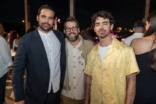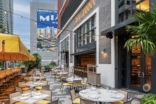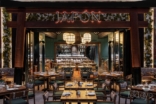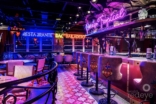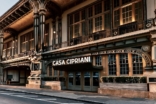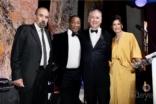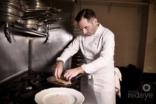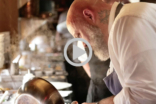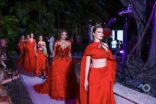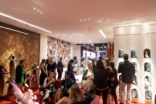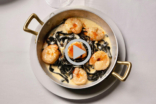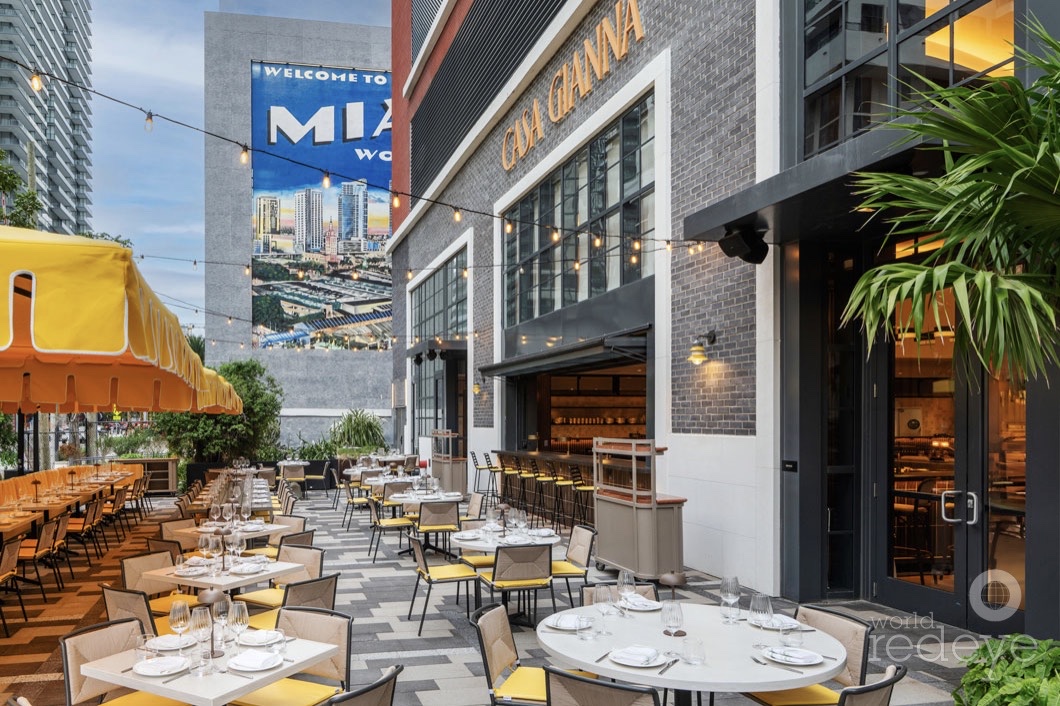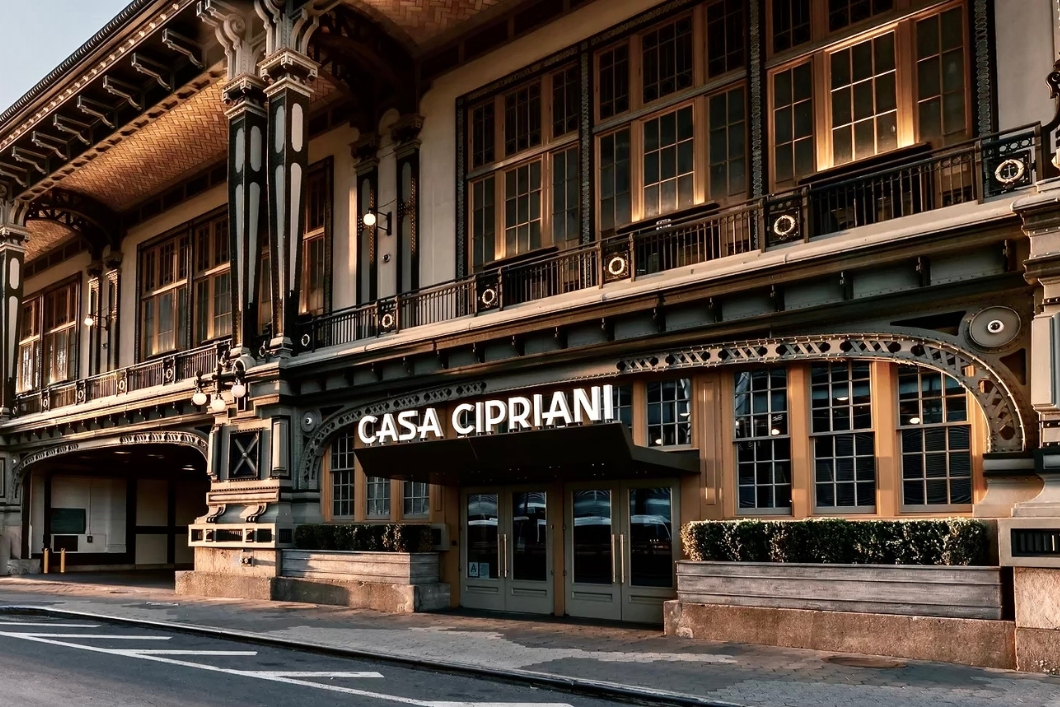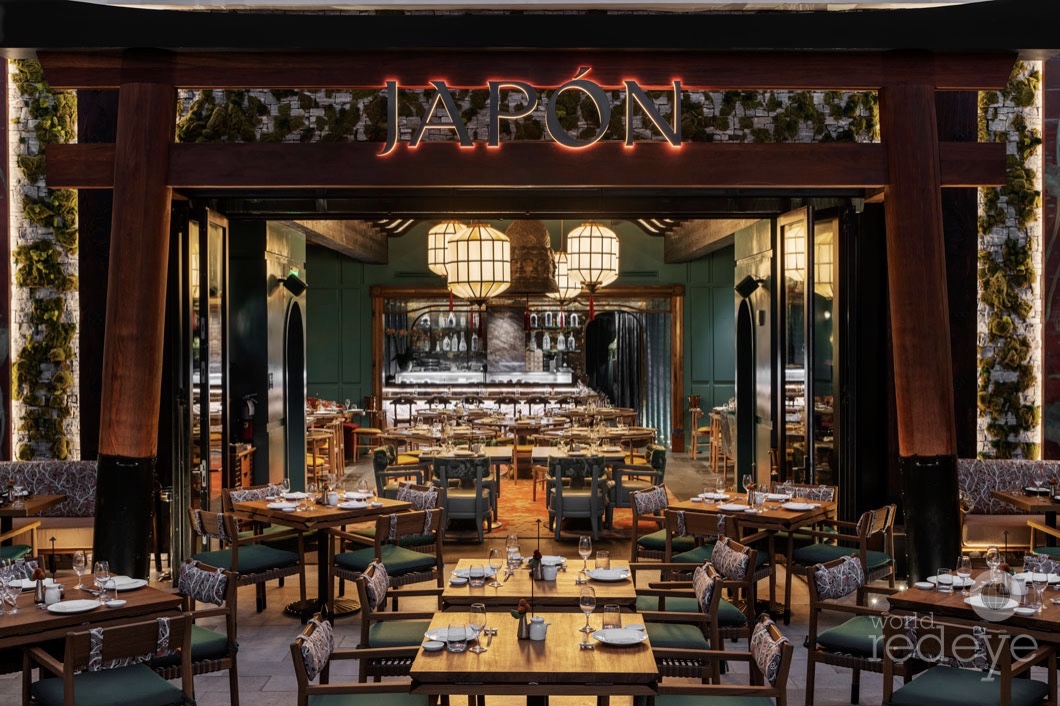Miami Welcomes Maman Gallery
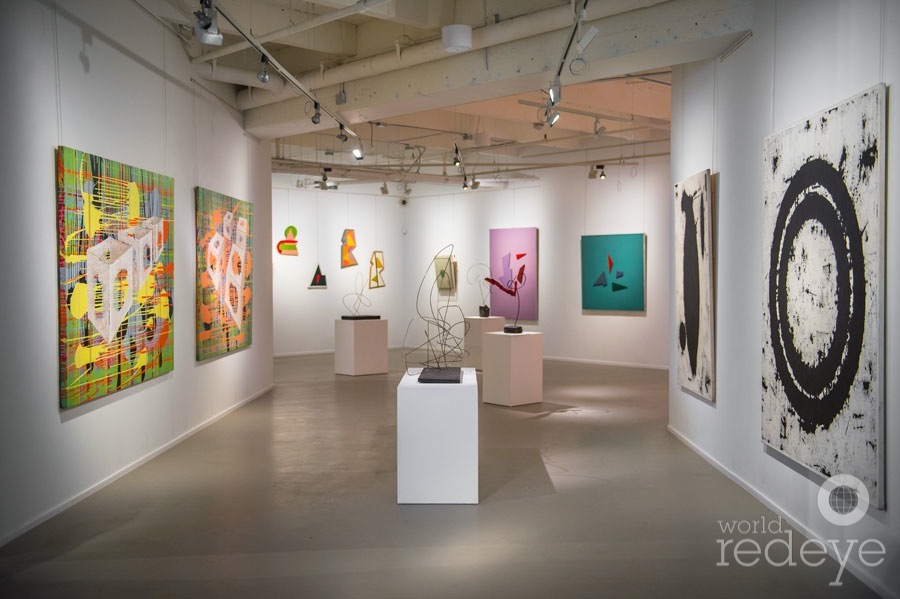
Miami, FL – As the Design District grows into the fashion and design mecca it is slated to become, it brings with it interesting new cultural treats. Its latest is Maman Gallery. Owned by Argentinian art collector Daniel Maman, the gallery will offer a hefty dose of Latin American art to the area. Many pieces are actually part of Maman’s own collection, with which he is willing to part to enrich the cultural lives of collectors here in Miami. Both Maman and his wife, Patricia Pacino de Maman, have spent a lifetime traveling the world to add to their collection. This month, they open their first U.S. gallery with Design District guru Craig Robins hosting the event on November 19. Here, Maman talks about what his gallery has planned to broaden Miami’s artistic horizons.
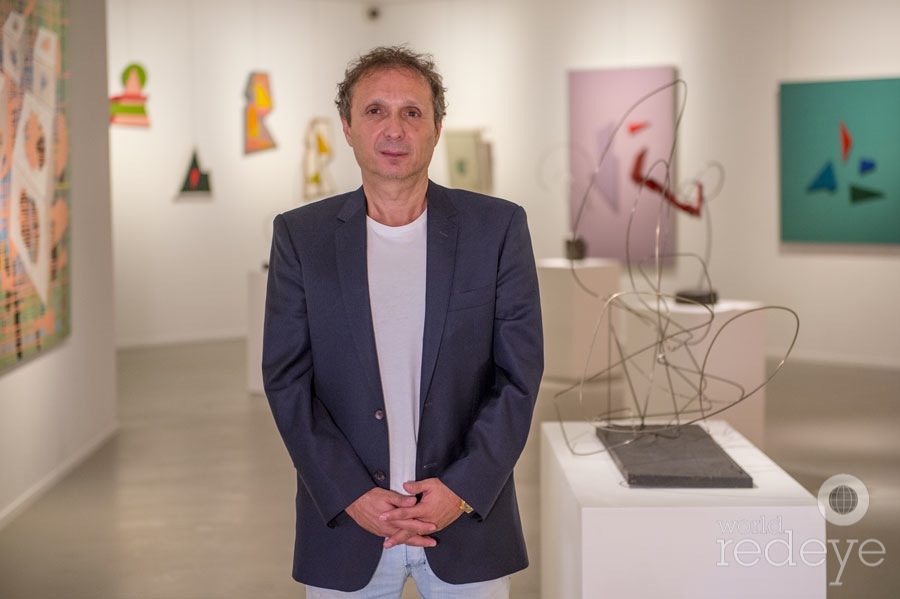
Daniel Maman
“An art dealer who also buys the artworks by the artists he deals in is the best way to guarantee to his collectors that his investment is a very solid one.” – Daniel Maman
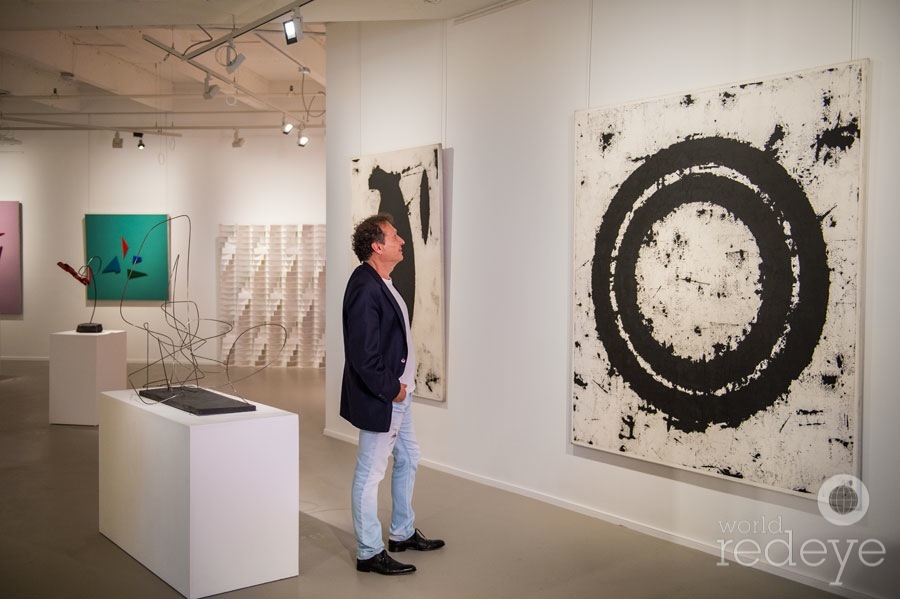
“For some of the artworks I feel a special affection, and even though it is difficult to let go of my favorite works, when I go to a client’s home—my clients usually become my friends—and I get to see them again, it is always a joy to see how beautiful they look once they are placed in their new home.” – Daniel Maman
How did you start collecting art?
Since I started collecting, more than 35 years ago, I also started acquiring artworks. An art dealer who also buys the artworks by the artists he deals in is the best way to guarantee to his collectors that his investment is a very solid one. Throughout the years, time has proven me right. Not only have I greatly succeeded financially, but I also enjoy my own collection.
Why did you choose the Design District for your first U.S. gallery?
I chose the Design District because I feel identified with this location as a “lifestyle,” my lifestyle. Fashion and design, as all creative activities, are art.
Describe the look and feel of the gallery.
We want the gallery to look “elegant.” It is a great white structure, where the artwork is the protagonist. That is why, for us, the lighting system that we imported from Germany is very important. We manipulate the ambience, the space, in order to create an intimate relation with the artwork.
The gallery consists of pieces you yourself have collected. It’s as though you are sharing your private collection. How does that feel? Is it hard to let any of them go?
It has been a very big challenge for me to find many of the artworks that are exhibited here today. Some of the other artworks have been part of our exhibits in the Buenos Aires gallery. For some of the artworks I feel a special affection, and even though it is difficult to let go of my favorite works, when I go to a client’s home—my clients usually become my friends—and I get to see them again, it is always a joy to see how beautiful they look once they are placed in their new home.
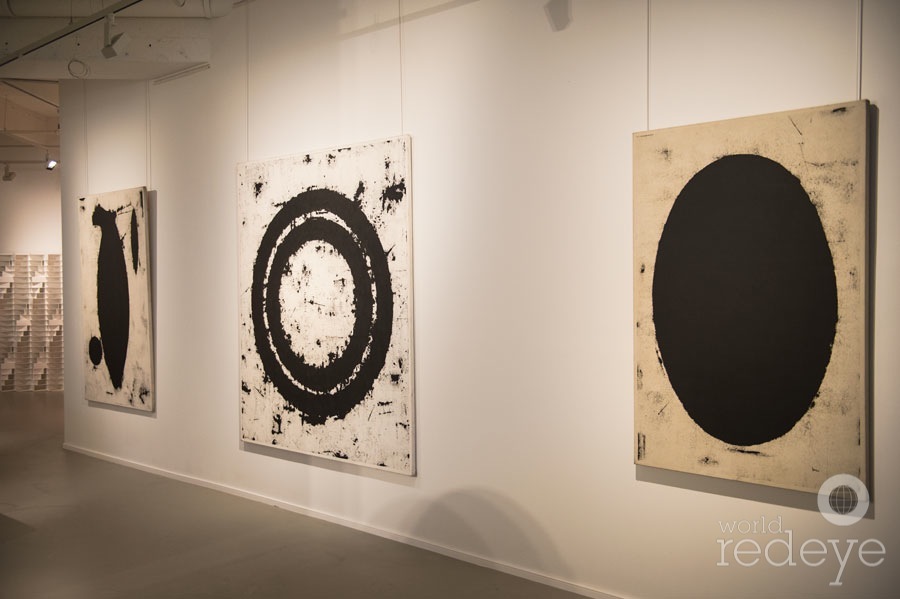
“Untitled” by Kirin
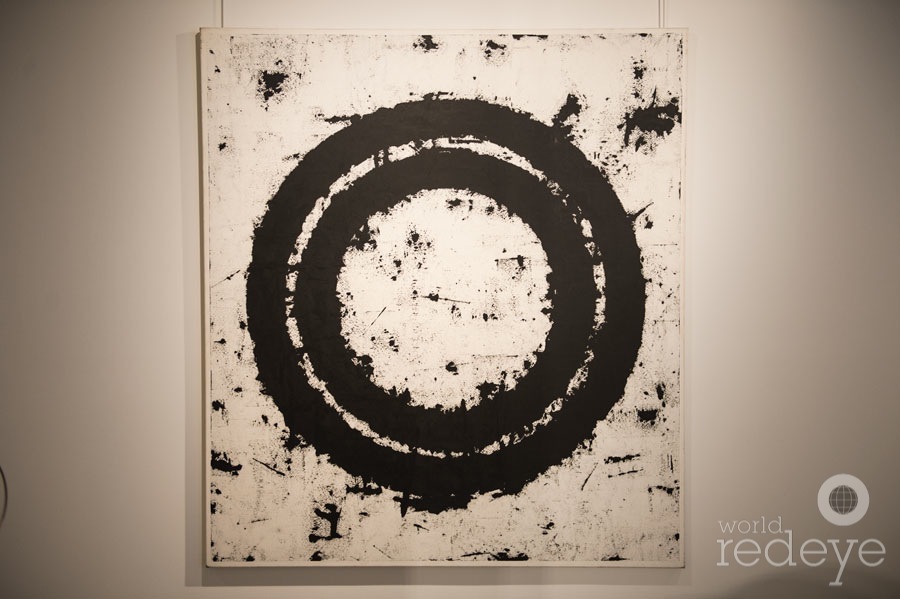
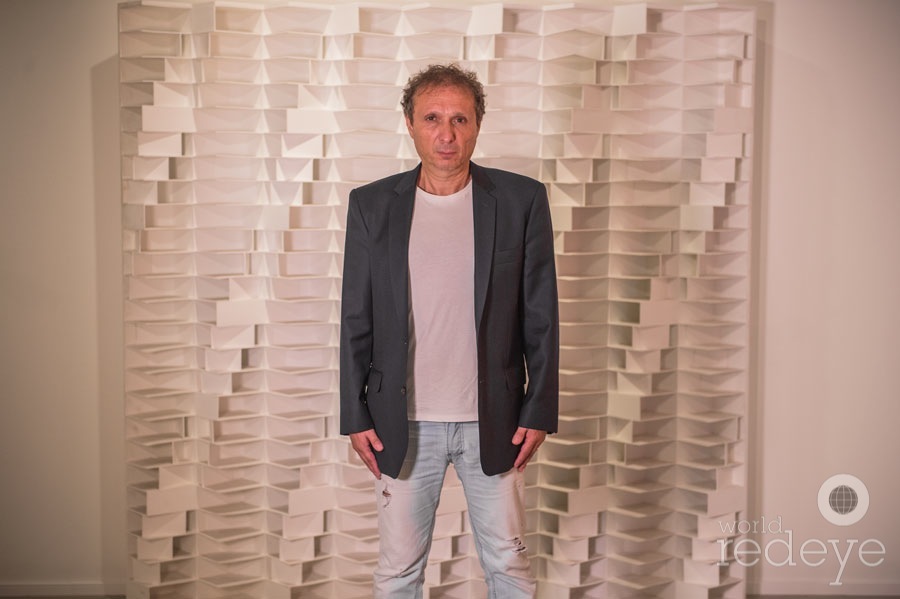
Daniel Maman
“Basel is a very special event, that is why we are preparing a collective exhibit that will impact the art world of Miami.” – Daniel Maman
What is your favorite piece and why?
It is very difficult for me to choose, but I must say that of all the sculptures belonging to the “Arte Concreto “ movement that I have here at the gallery, there is one that is truly exceptional. It is by Argentinian artist Ennio Iommi. It was made in the year 1945, and it is one of the first pieces that the artist made in that period. In it you can see clearly the simplicity of the special line. With a minimum element, the artist draws space and volume. It is an ethereal work of art, and, at the same time, it possesses character.
Tell me about the seminars you will be offering.
It is important for us to create a “meeting place” to reflect and discuss on the topic of the creation of art, putting a very particular emphasis also in the history of art. It is for this reason that we will invite art historians, curators and artists to interact and exchange creative ideas.
Tell us about “Arte Concreto.”
“Arte Concreto” was developed in Argentina in the year 1945 by a group of artists who founded “Arte Concreto Invencion.” Following the precepts of Max Bill, this group of Argentinian artists abolished all ideas of illusion, the idea that a painting had to be like a “window,” and had to represent external reality. That is why they react and create their famous “cut out frames,” asymmetric flat forms. The artwork represents itself by its own elements: plane, line and color.
You have many Argentinian pieces in your collection, as that is your former home. How do you think Miami art collectors will take to this work? And why?
I know a lot of Miami collectors who already know the artists I represent, my history and my gallery in Buenos Aires. They are very enthusiastic with the idea that I have opened this new exhibit space. I also believe that the public will welcome us because we are planning to influence Miami culturally.
How are you gearing up for Basel?
Basel is a very special event, that is why we are preparing a collective exhibit that will impact the art world of Miami.
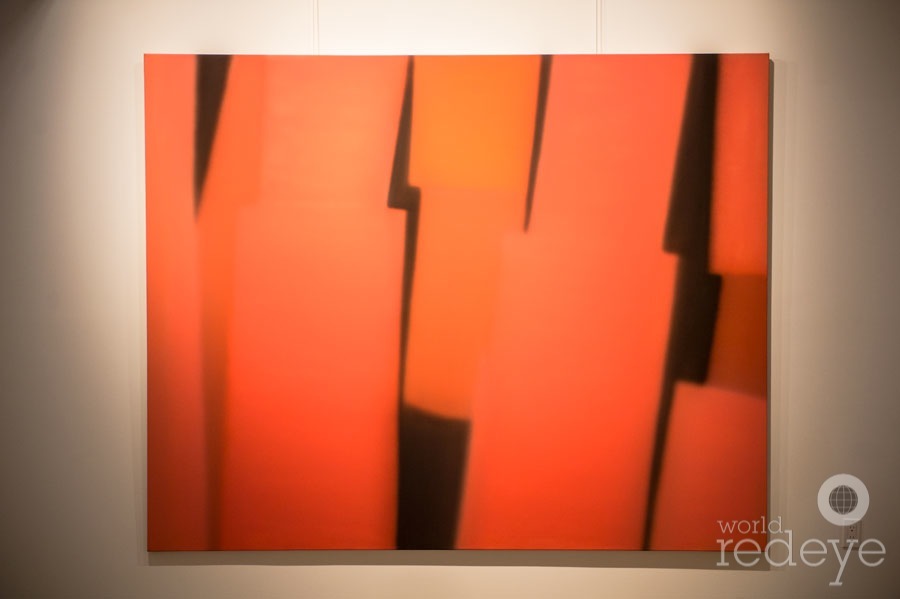
“Untitled” by Daniel Scheimberg
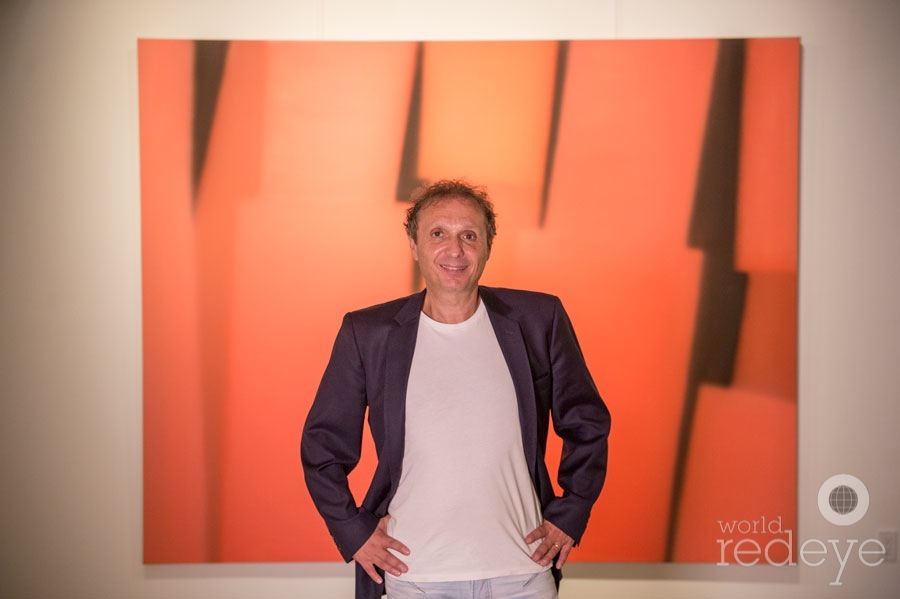
Daniel Maman
“I chose the Design District because I feel identified with this location as a “lifestyle,” my lifestyle. Fashion and design, as all creative activities, are art.” – Daniel Maman
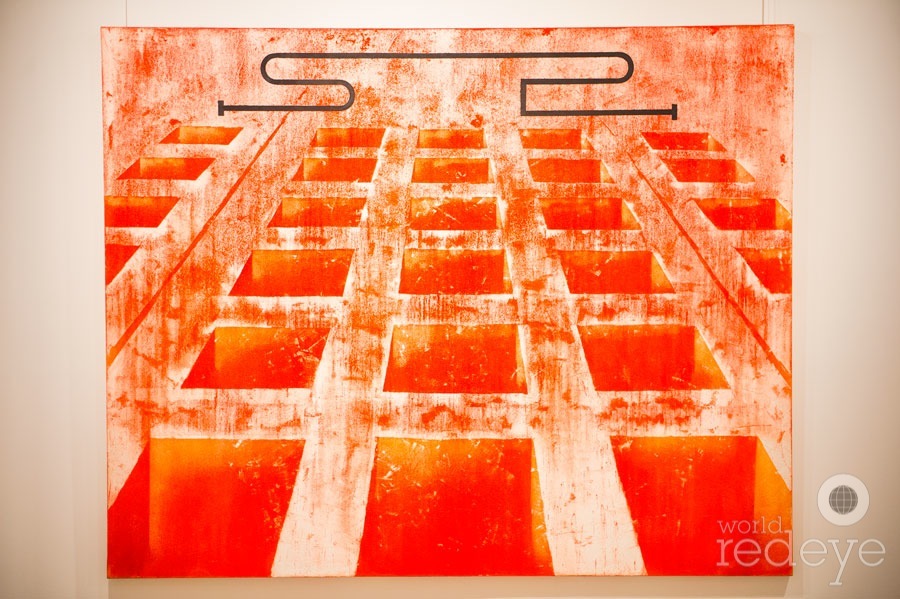
“Tower” by Fernando Cánovas
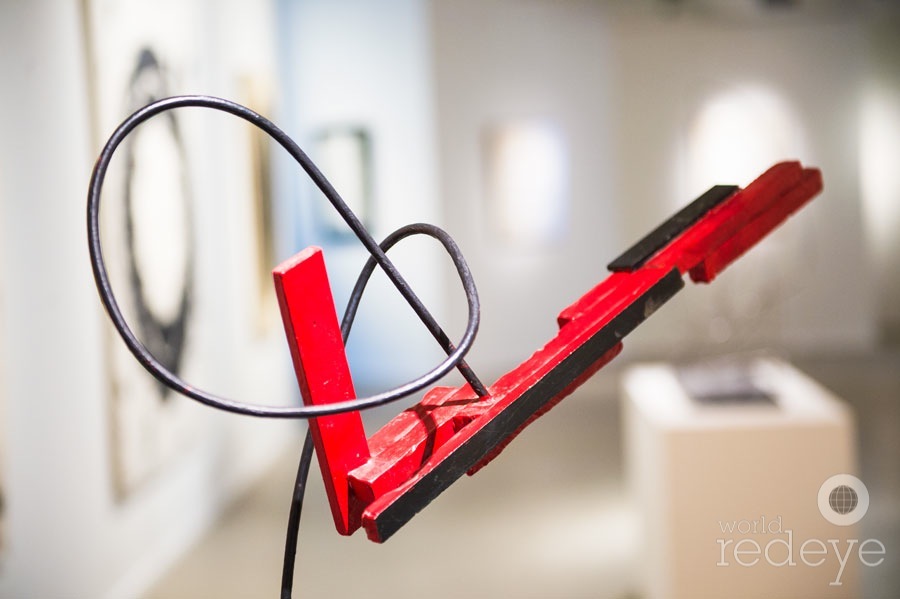
“Untitled” by Enio Iommi
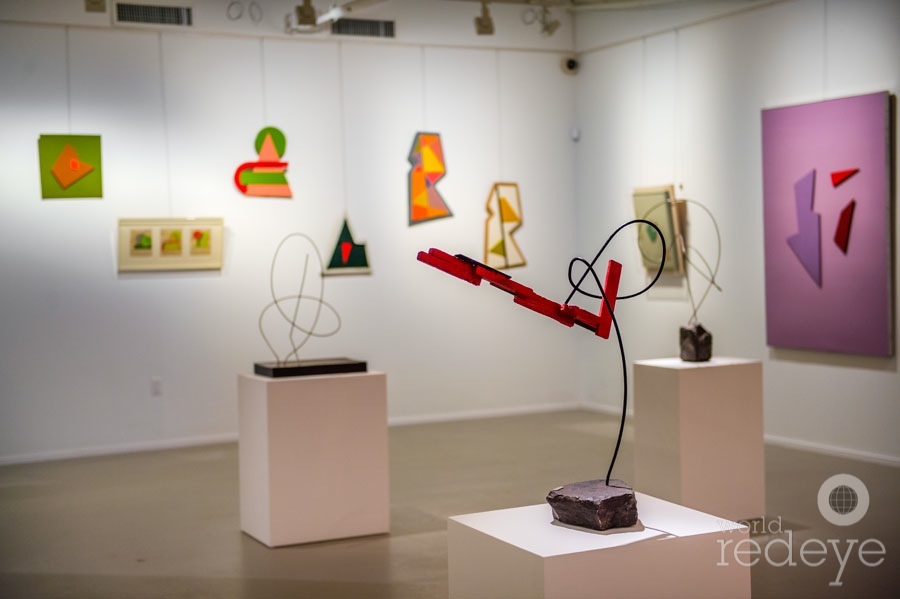
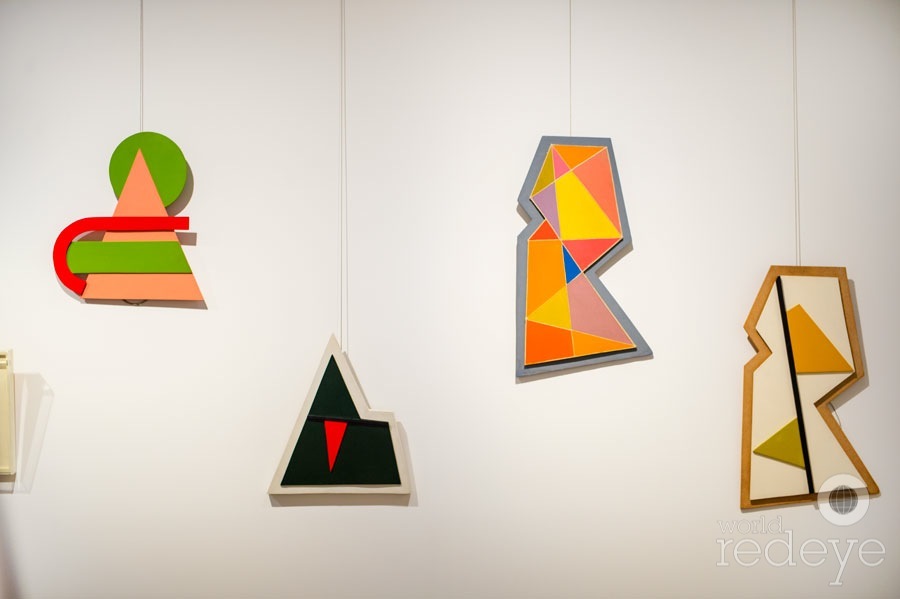
Group of four works by Raul Lozza
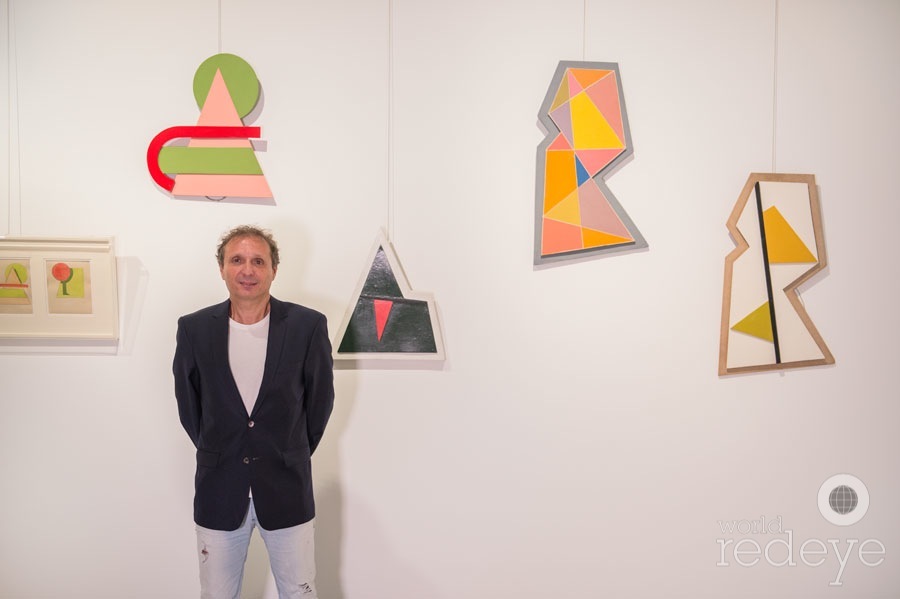
Daniel Maman
“I also believe that the public will welcome us because we are planning to influence Miami culturally.” – Daniel Maman
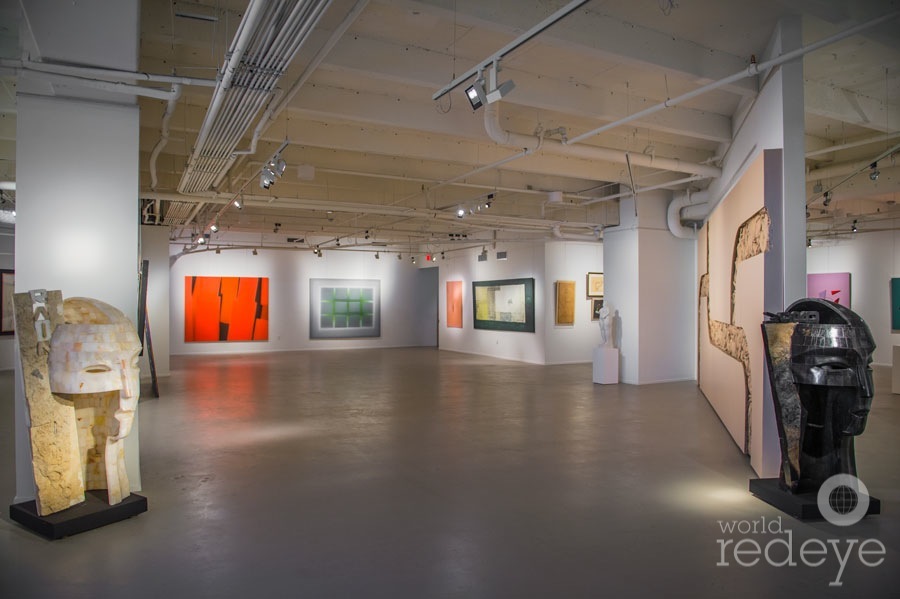
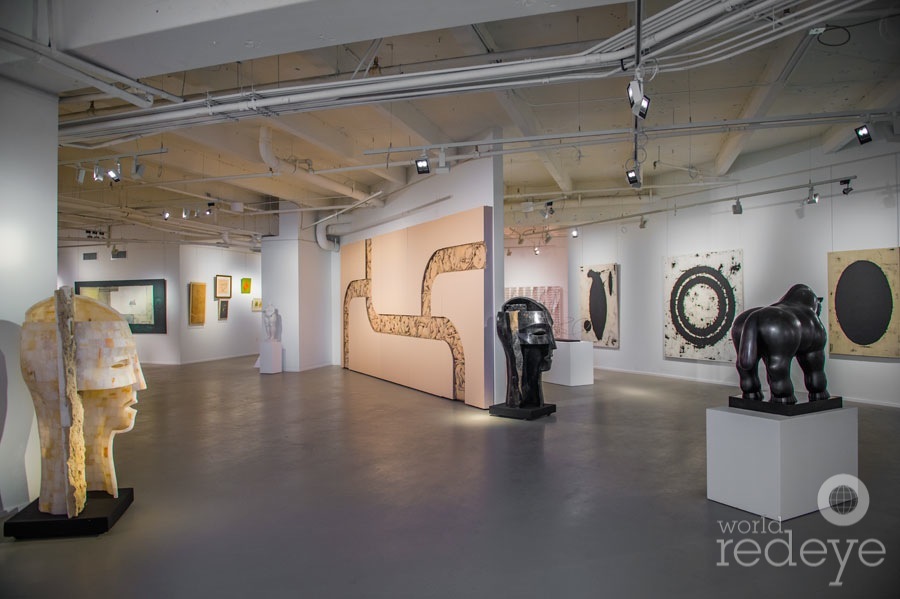
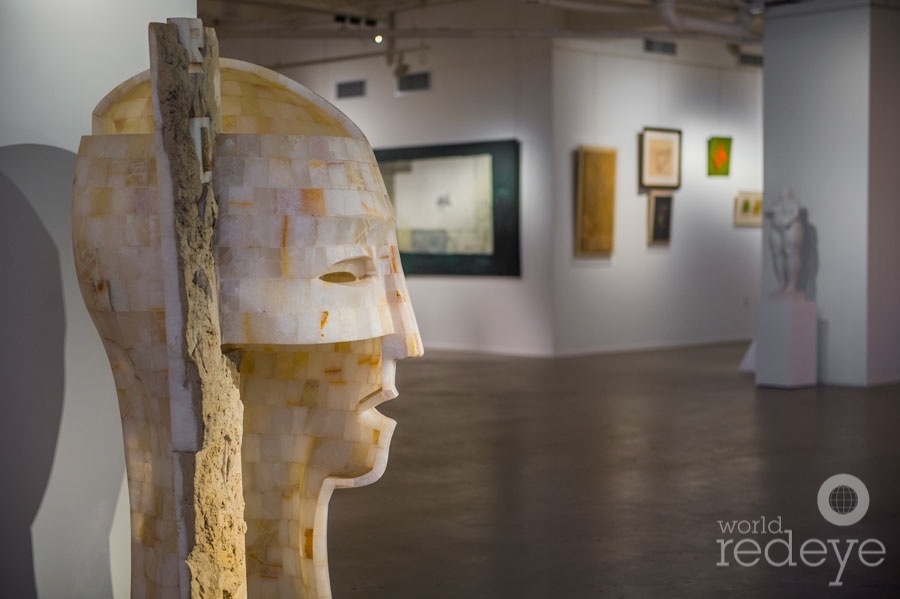
Sculptures by Raul Farco
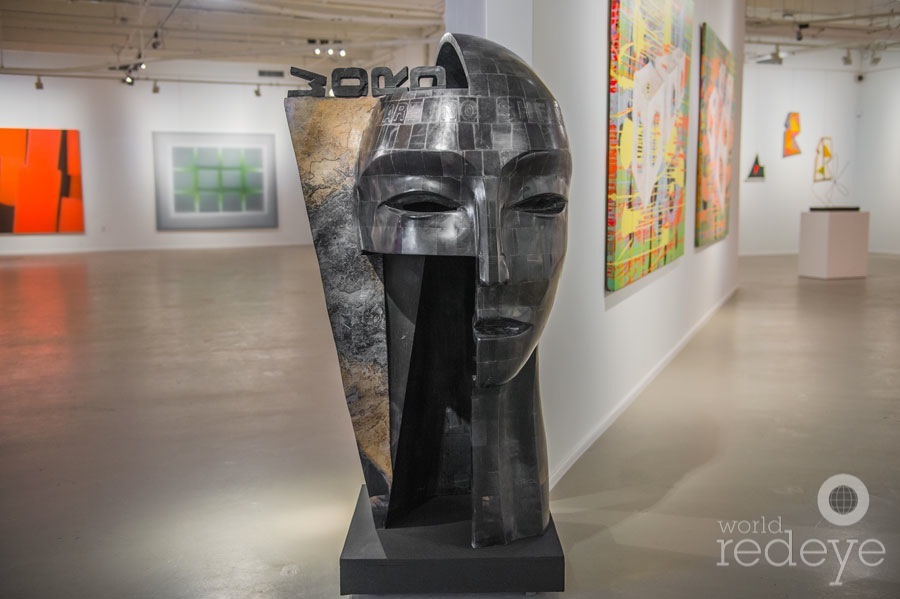
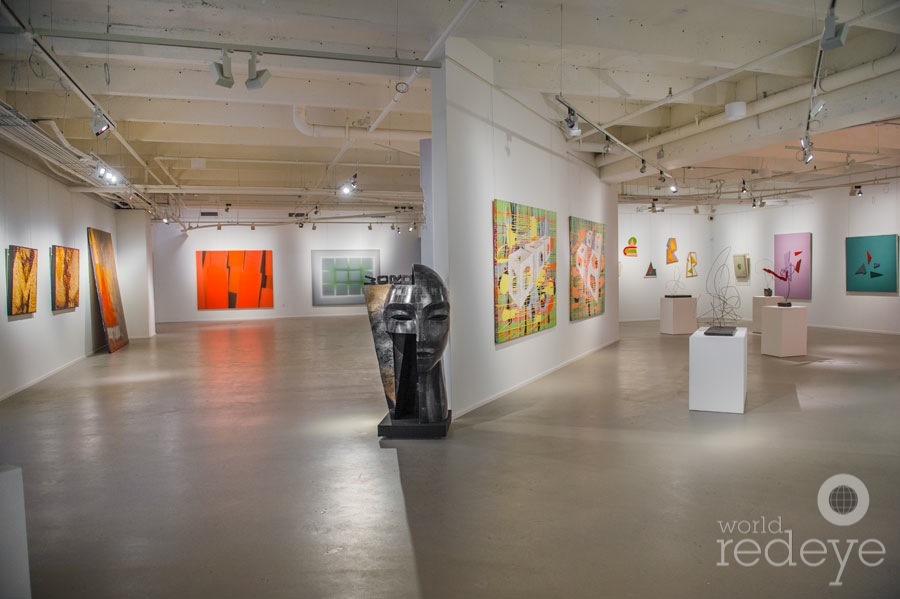
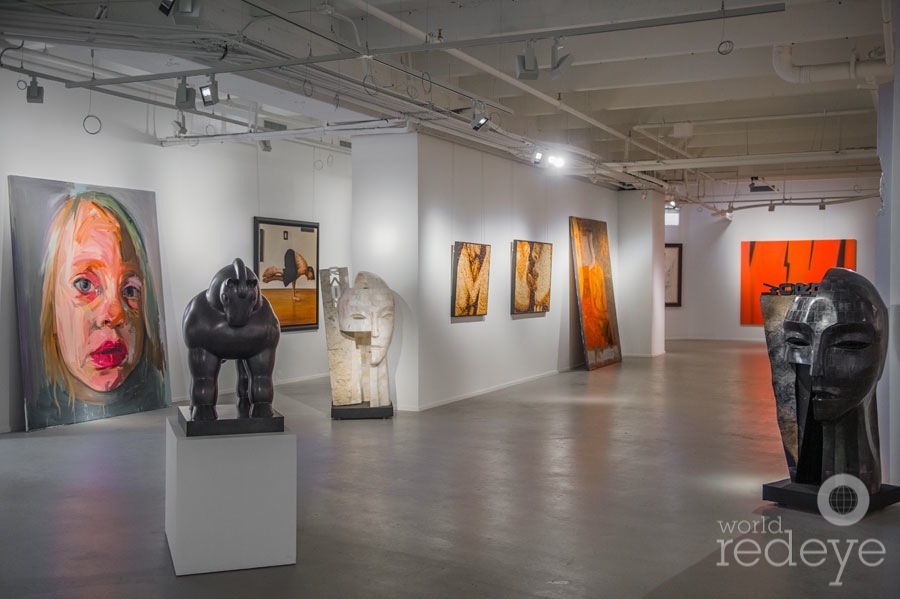
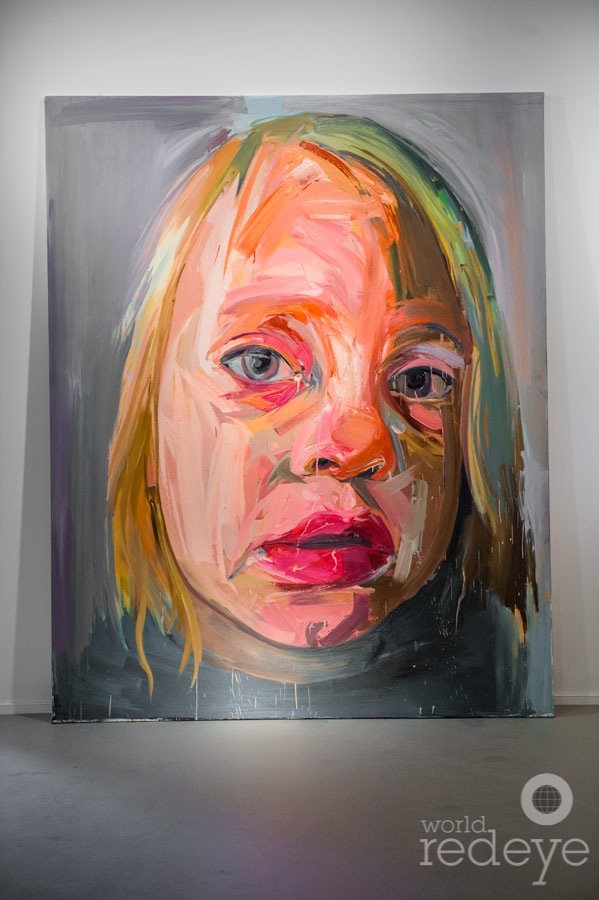
“Portrait” by Lucia Maman
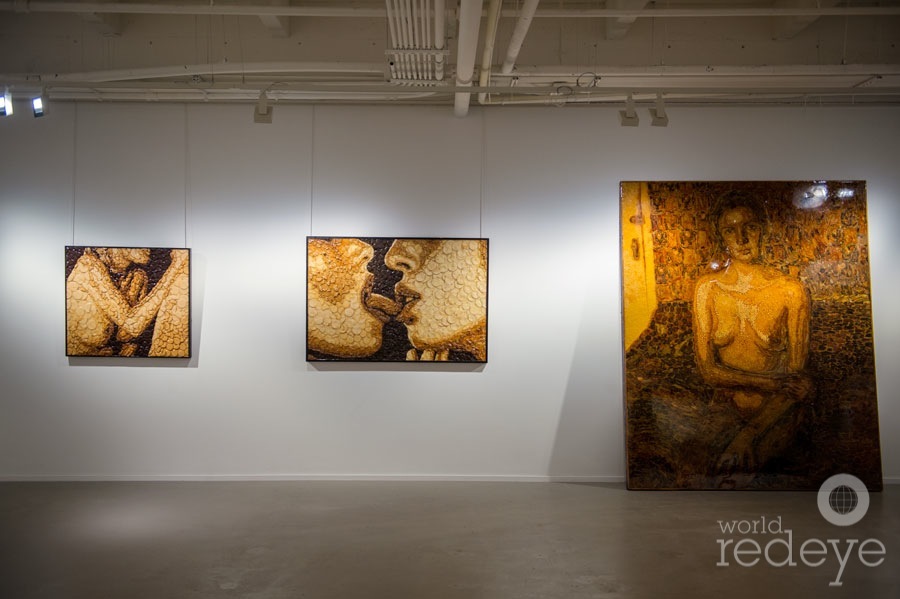
Group of works by Mondongo
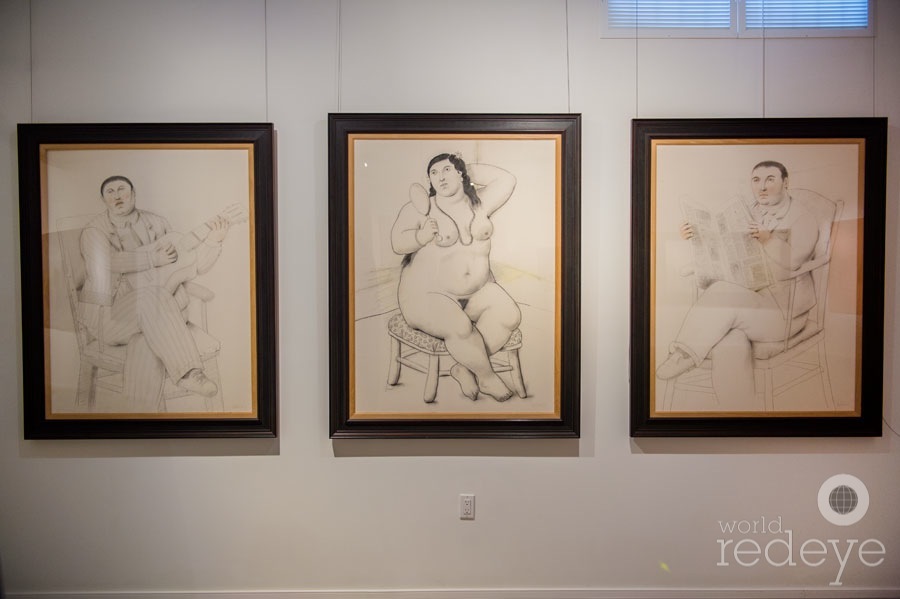
Group of drawings by Fernando Botero
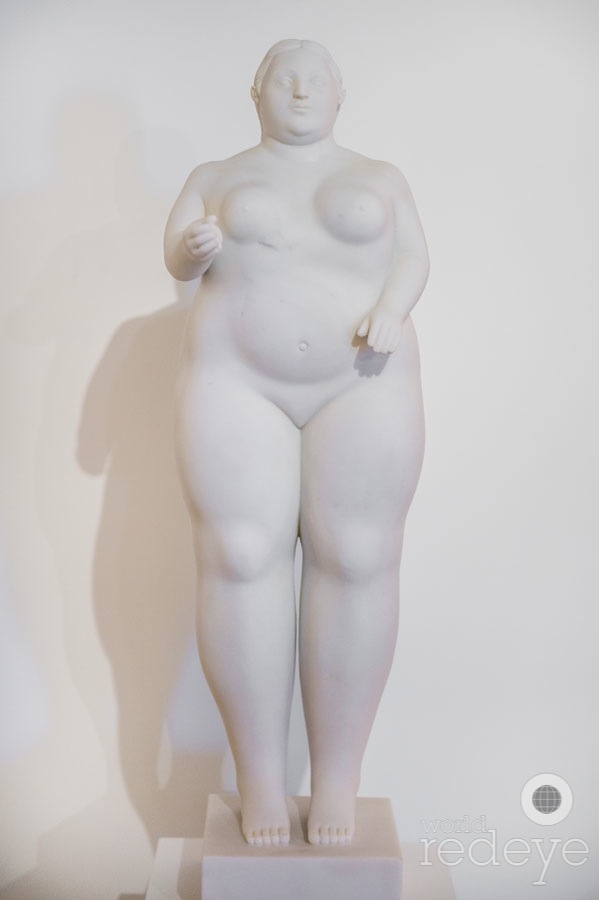
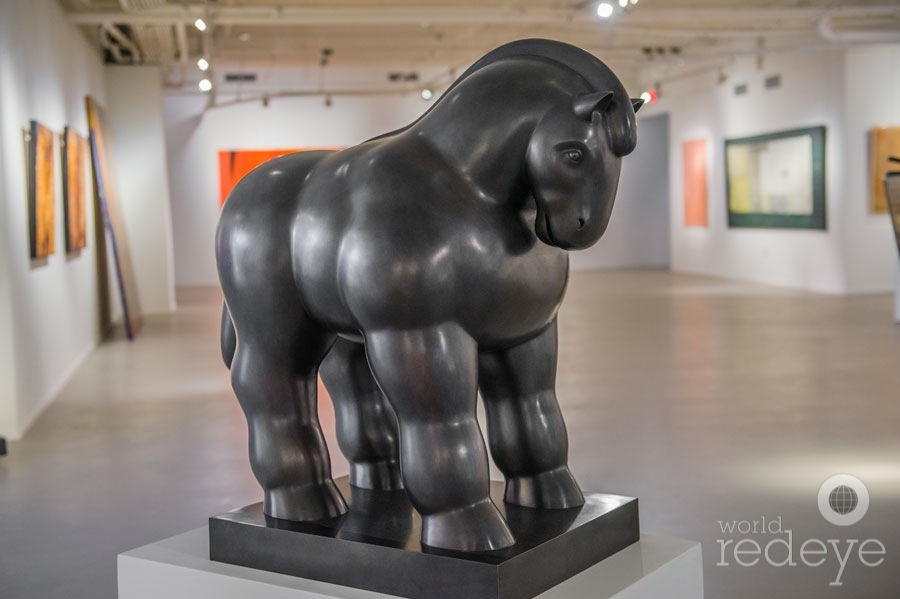
“Horse” by Fernando Botero
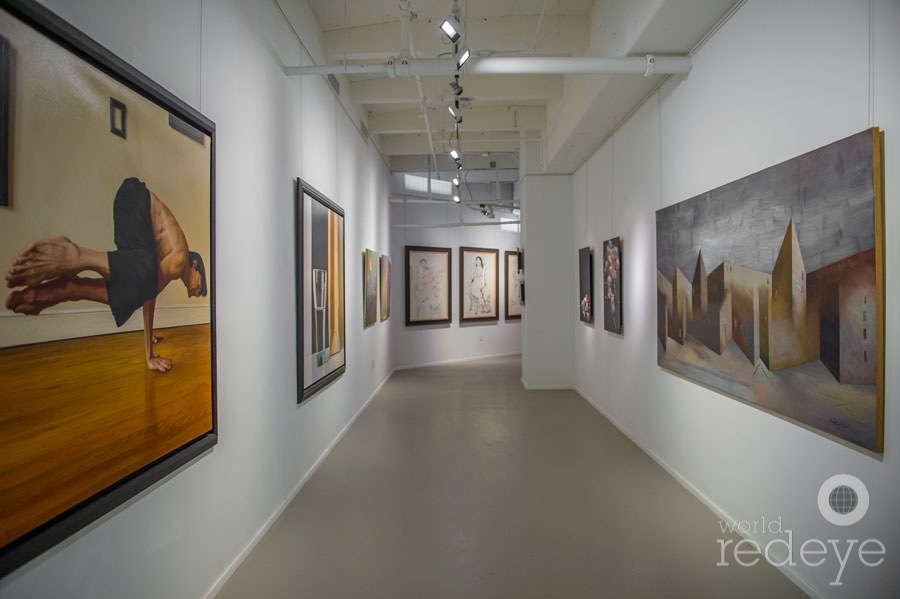
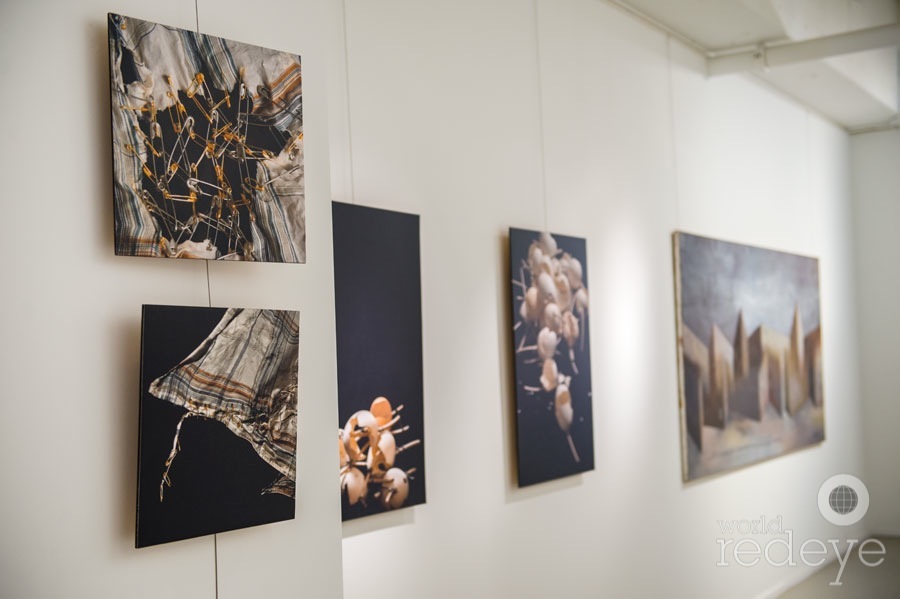
Photographs of “Tikkum” series by Alisa Olmert
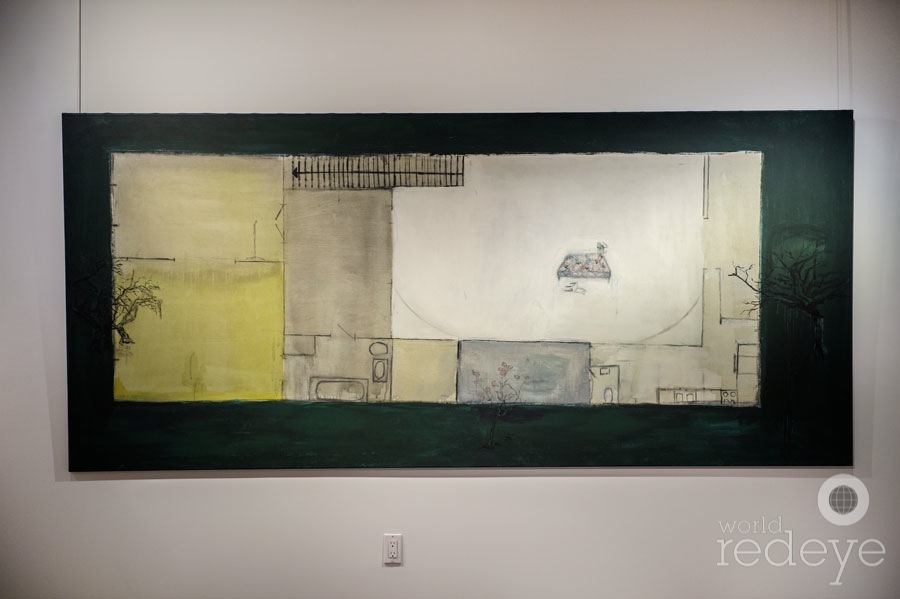
“Untitled” by Guillermo Kuitca
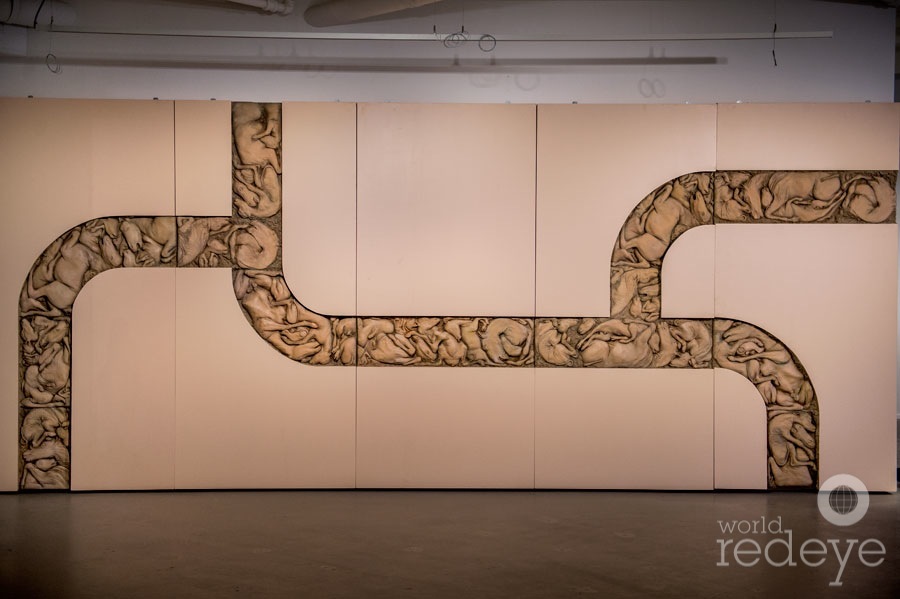
“Friso de nonatos” by Nicola Constantino
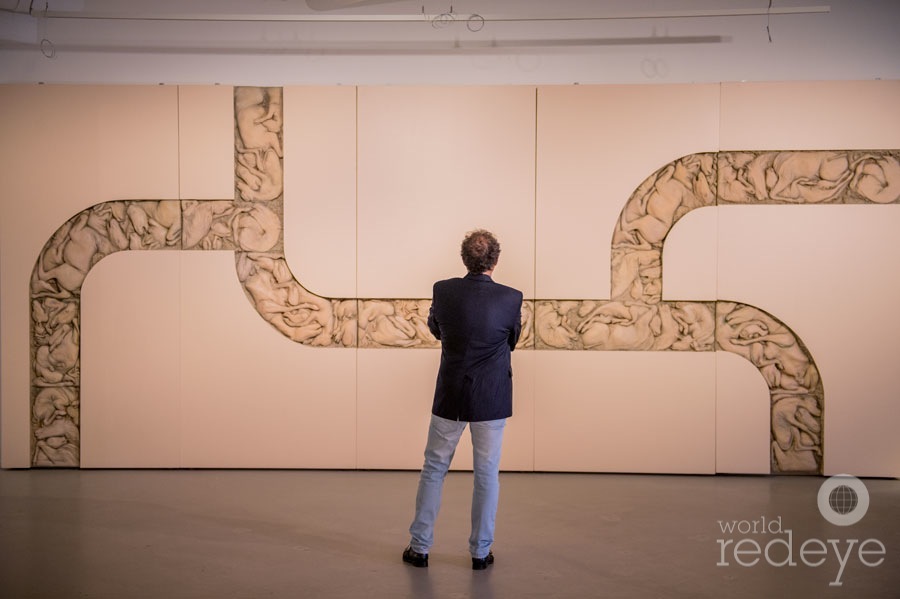
Daniel Maman





